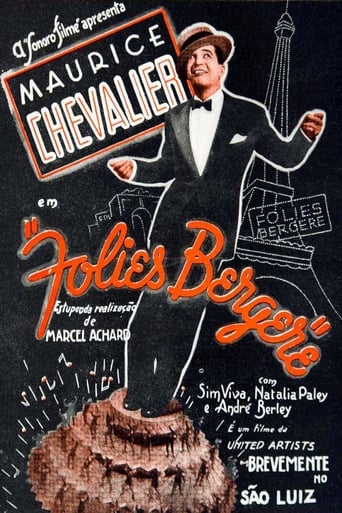

Back in silent-film days, Hollywood studios were able to release their movies all over the world, simply by translating the title cards into other languages. After the talkie revolution, all the rules changed. Eventually, soundtrack dubbing techniques were developed ... but for the first few years of the talkies, Hollywood studios would often shoot multiple versions of the same movie, with the actors recording the dialogue in other languages. Some very interesting films resulted from this expedient. George Melford's Spanish-language version of 'Dracula' is considered superior to Tod Browning's English-language version: Melford filmed at night, with a Spanish-speaking cast, using the same sets and costumes that Browning and Bela Lugosi used in the daytime. The German-language version of 'Anna Christie', starring Greta Garbo, is much sexier and more realistic than the English-language version starring the same actress. After Laurel and Hardy filmed their first starring feature, 'Pardon Us', they performed in Spanish and French versions of this same story (speaking their lines phonetically)... and both of these foreign versions have merits which are absent from the original version.Straight away after Maurice Chevalier starred in 'Folies-Bergere of Paris' for 20th Century-Fox, he made a French-language version (titled simply 'Folies-Bergere') filmed on the same sets, with the same costumes and much of the same crew, but with a French supporting cast. His main role here is Eugene, a roguish song-and-dance man in the Folies-Bergere. (What a stretch for Chevalier.) By chance, Eugene is an exact lookalike of the powerful banker Baron Cassini (also played by Chevalier). Eugene even does an imitation of Cassini in his variety-hall turn. But then, when Cassini is called away for a secret business dealing which nobody knows about, it becomes urgent that he appear in public in order to quell a financial panic. His underlings get the bright idea to conscript Eugene to impersonate Cassini.Dull actress Nathalie Paley plays the Baron's glamorous wife. She and her husband are bored with each other. She happens to meet Eugene while he's impersonating her husband, and -- not realising that he really isn't the Baron -- she can't understand why her 'husband' is suddenly so attractive to her. Meanwhile, Eugene's chorus-girl paramour Mimi sees Eugene swanking it with the Baroness in his Cassini disguise, and she jumps to conclusions.Except for Ferdinand Gottschalk, as one of Cassini's flunkies, the only good performance in this movie is given by Chevalier himself ... and I say 'performance', singular, because Chevalier isn't a good enough actor to make Eugene and the Baron seem like two different people. (Don Ameche and Danny Kaye did better, in later versions of this same property.) Some of the plot twists are painfully obvious: when Mimi scratches Eugene's hand in a moment of anger, and the editor shows us a whacking huge close-up of the minor scratch, we can tell from a mile away that Mimi will use the scratch on his hand as a means of telling apart the two Chevaliers.Chevalier does one nice song here, called 'The Rhythm of the Rain'. He performs this onstage at the Folies Bergere, and the stage effect has it raining on one side of the stage whilst the other side is dry. An interesting visual image.Although Nathalie Paley gives a dull performance as the Baroness, she is much prettier (and more believable) here than Merle Oberon was in the English-language version of this movie. I have NEVER understood the appeal of unattractive untalented Merle Oberon. I'll rate this French-language version 7 points out of 10.
... View More